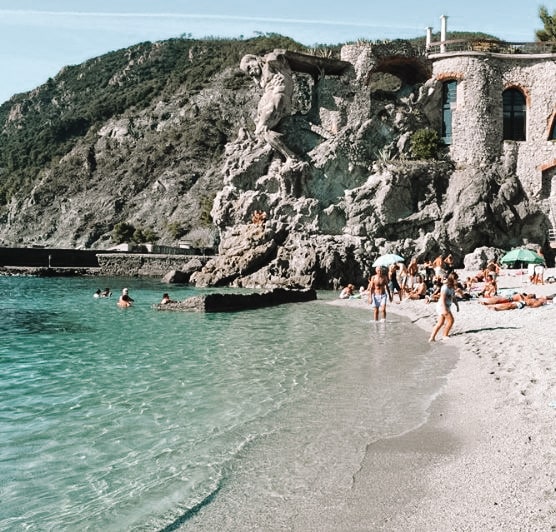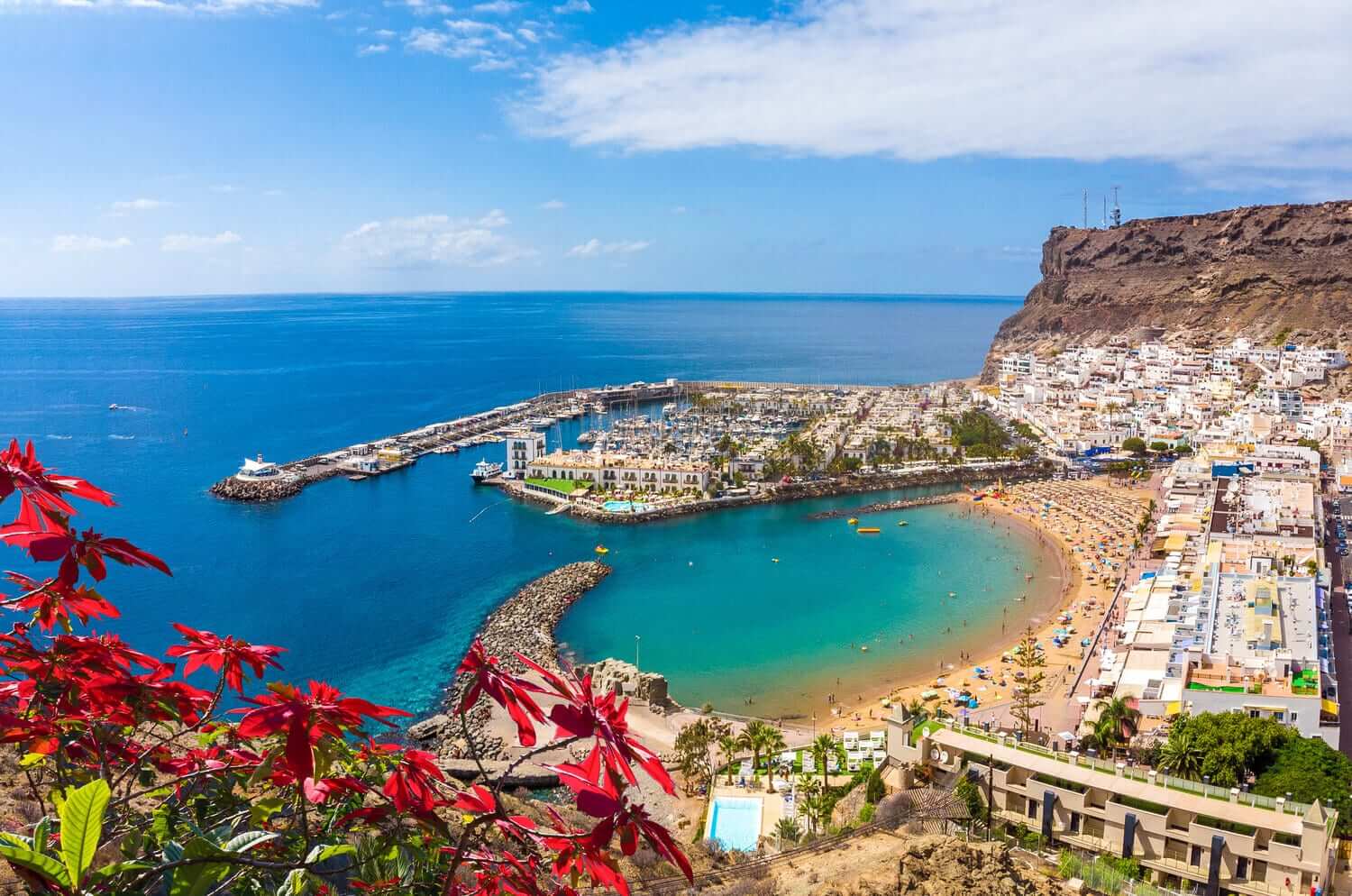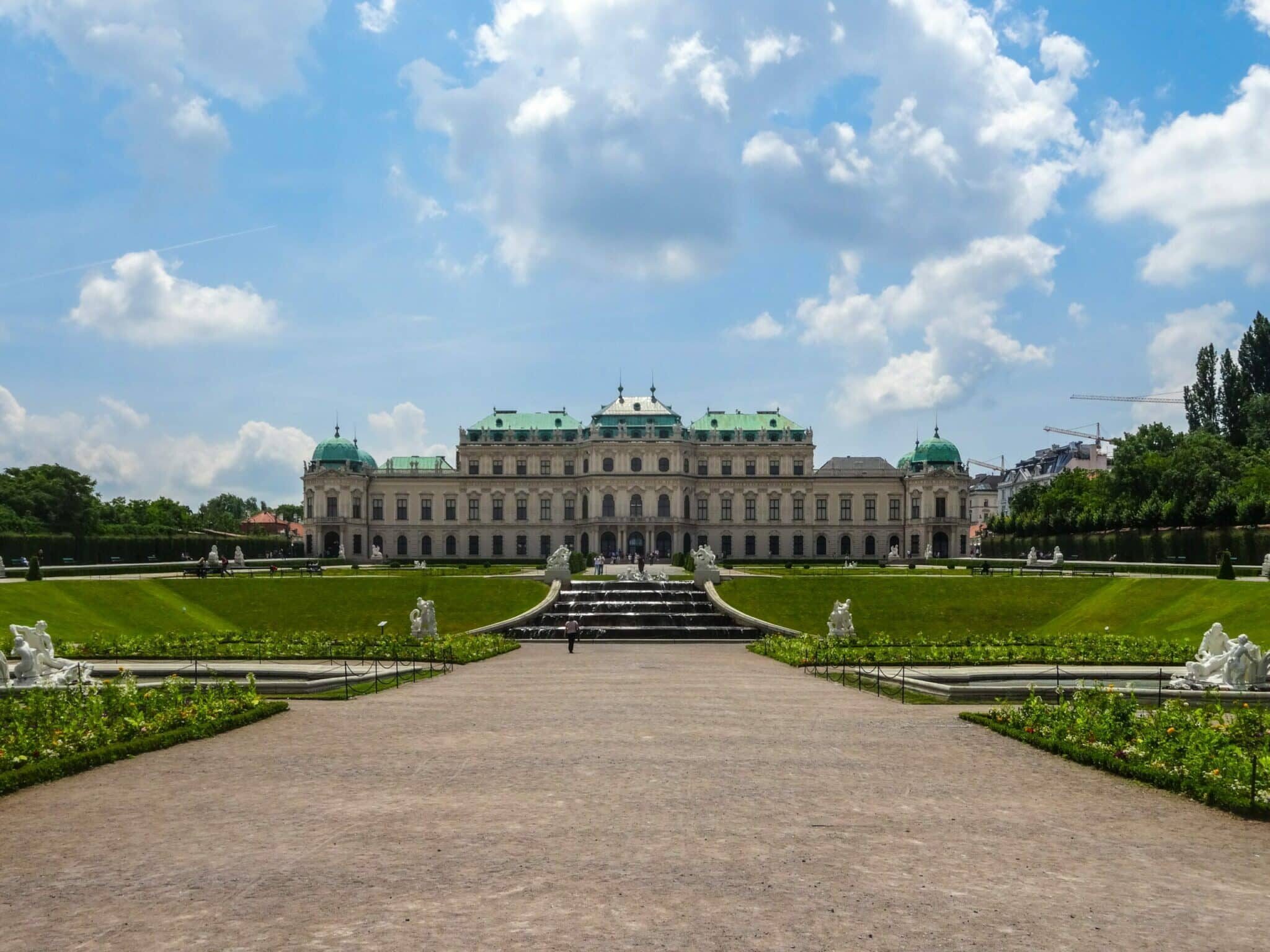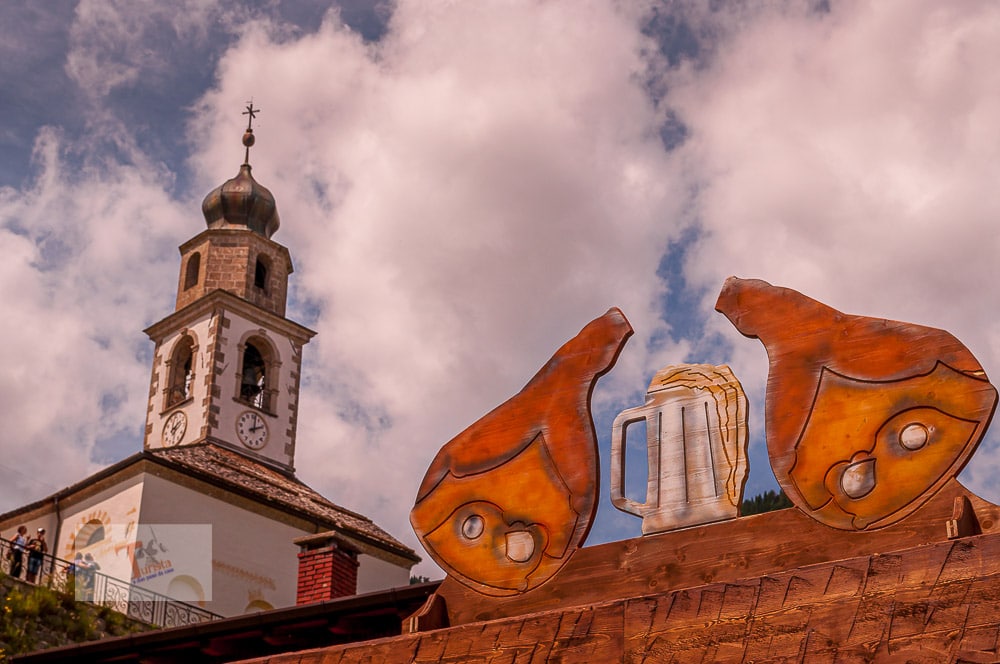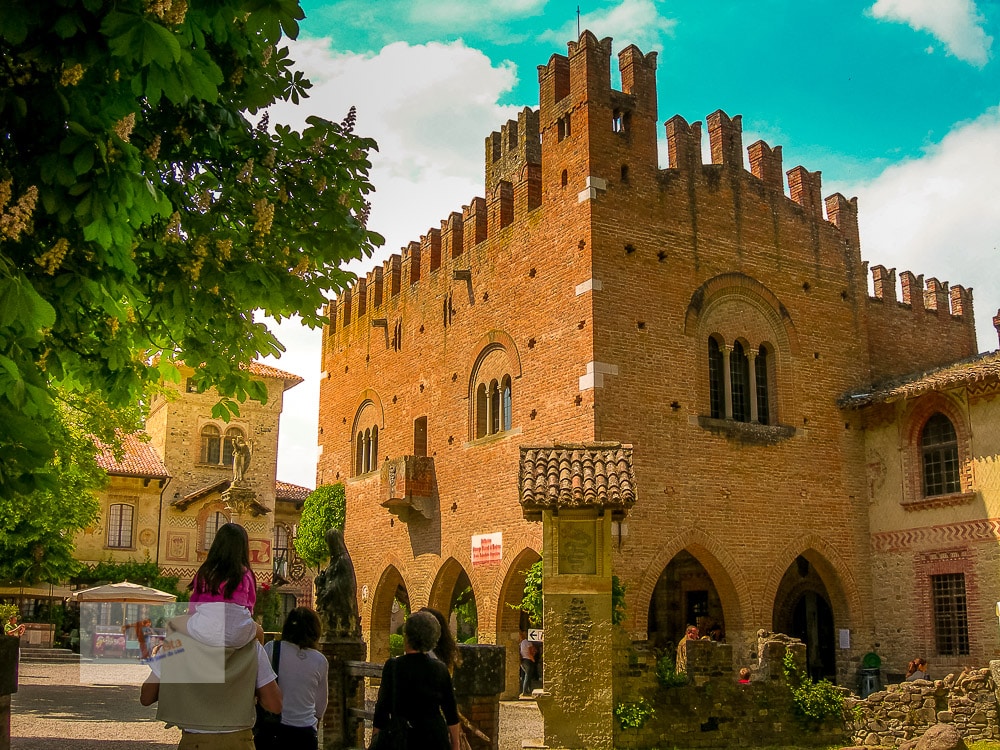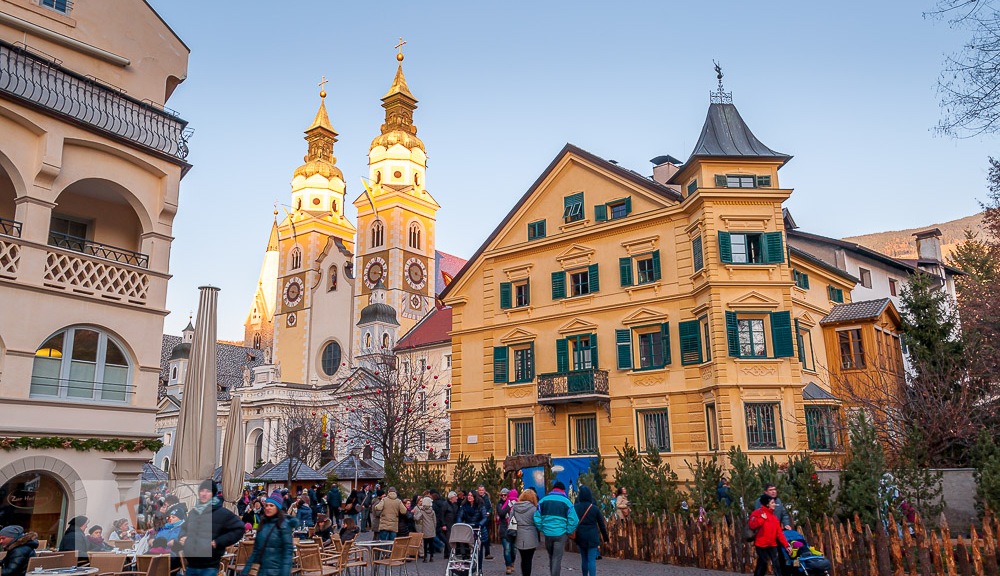La Spezia is a well-known tourist destination owing to its proximity to world-famous Italian wonders and UNESCO World Heritage Sites such as Portovenere and the Cinque Terre.
Why the name La Spezia? It’s unclear where it came from. Several theories have surfaced over the years, none of which has ever yielded a conclusive answer:
- Some say that the name is derived from an ancient river that flowed in through Biassa,
- while others claim that it is derived from “stone” because this region once had a rock formation.
Among the theses is one that connects the name to the meaning of “shopping,” since the historic center of La Spezia was once a huge market, almost an antiquity trading center, where people went shopping.
In short, there is no official explanation, but it seems that someone with enough creativity may come up with a plausible reason, which is considered and added to the already long list of possibilities.
Between two avenues, Corso Cavour and via del Prione, the historic center of La Spezia grows. These routes are parallel, so you can use one on your way out and the other on your way back.
Outside of these two avenues, there are three major attractions: La Spezia’s port, the San Giorgio Castle, which dominates the historic center, and the city cathedral dedicated to Christ the King.
Here’s what to see!
The Port of the Gulf of Poets and the Thaon de Revel Bridge
The port of La Spezia has been one of Italy’s most important commercial ports for several years, specializing in container handling. In addition, big ships dock at the Garibaldi pier, bringing hundreds of tourists to the Cinque Terre on their cruises. The Thaon de Revel Bridge connects the mainland to a small islet that serves as a support for the port. This bridge links the Morin promenade to the Mirabello port with a structure that measures over 150 meters in length and three meters in width. The bridge, which was designed in cooperation with the Ministry of Defense of the Navy and opened in July 2013, was built by the port authority of La Spezia.
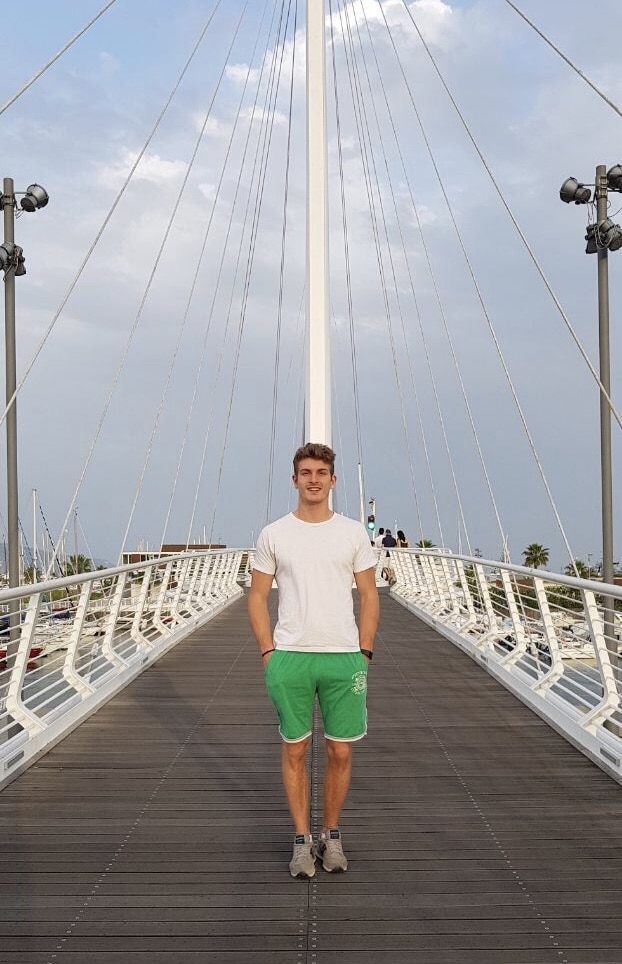
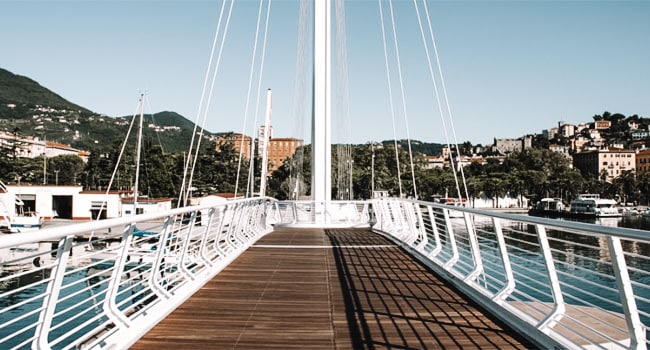
The seaside
Returning to the city, the promenade is located between the Thaon de Revel bridge and the public gardens. This is a lovely walk that winds its way through the area where boats and ships dock. The view of the Gulf of Poets and the Ligurian Sea from here is breathtaking. The Costantino Morin promenade is enhanced by the greenery of tall palm trees that line it.
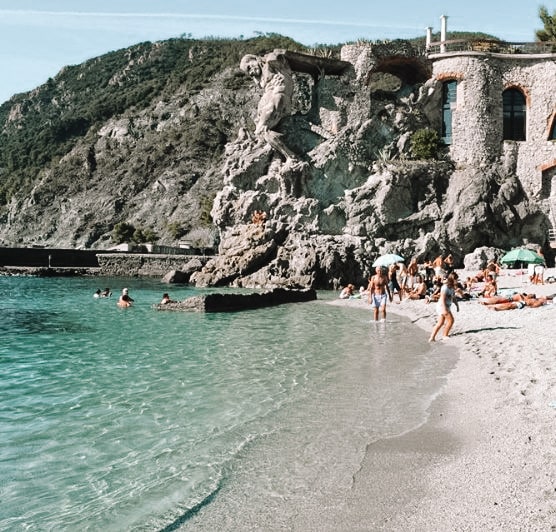
The Public Gardens and the Garibaldi Monument
The long public gardens run between the promenade and the historic center. There are many benches and trees in this field. The botanical diversity of species found in the public gardens is well-known. This green space has grown in size in tandem with the growth of the city over the years.
The monument to Garibaldi, a large equestrian state that pays homage to this character who has visited La Spezia many times, is also located within the public gardens. The statue was created in the second half of the nineteenth century after a competition was held in 1882 to find the best sculptors of the time to create it. Antonio Garella took first place in the race.
The Naval Museum and the Navy Arsenal
The Navy’s arsenal is a short distance from the terminal. The arsenal of the La Spezia navy was inaugurated in 1869, with the moats surrounding it being filled to make it secure. Other fortification structures were evidently placed in place in the intervening decades to keep the arsenal from being raided. During World War II, however, it was bombed and made obsolete. Renovation work was quickly completed to get things back on track, and by the end of the war, the arsenal was operational again. The Navy’s arsenal is obviously not open to the public, but nearby is the naval technological museum, one of La Spezia’s most famous attractions and the most valuable of its kind in Italy.
Corso Cavour and via del Prione
Our stroll through La Spezia’s historic center continues between two streets: Corso Cavour and Via del Prione define the boundaries of the city’s most central areas. The public gardens are accessible via both routes. Numerous commercial establishments line these avenues, attracting both locals and visitors for a relaxing stroll.
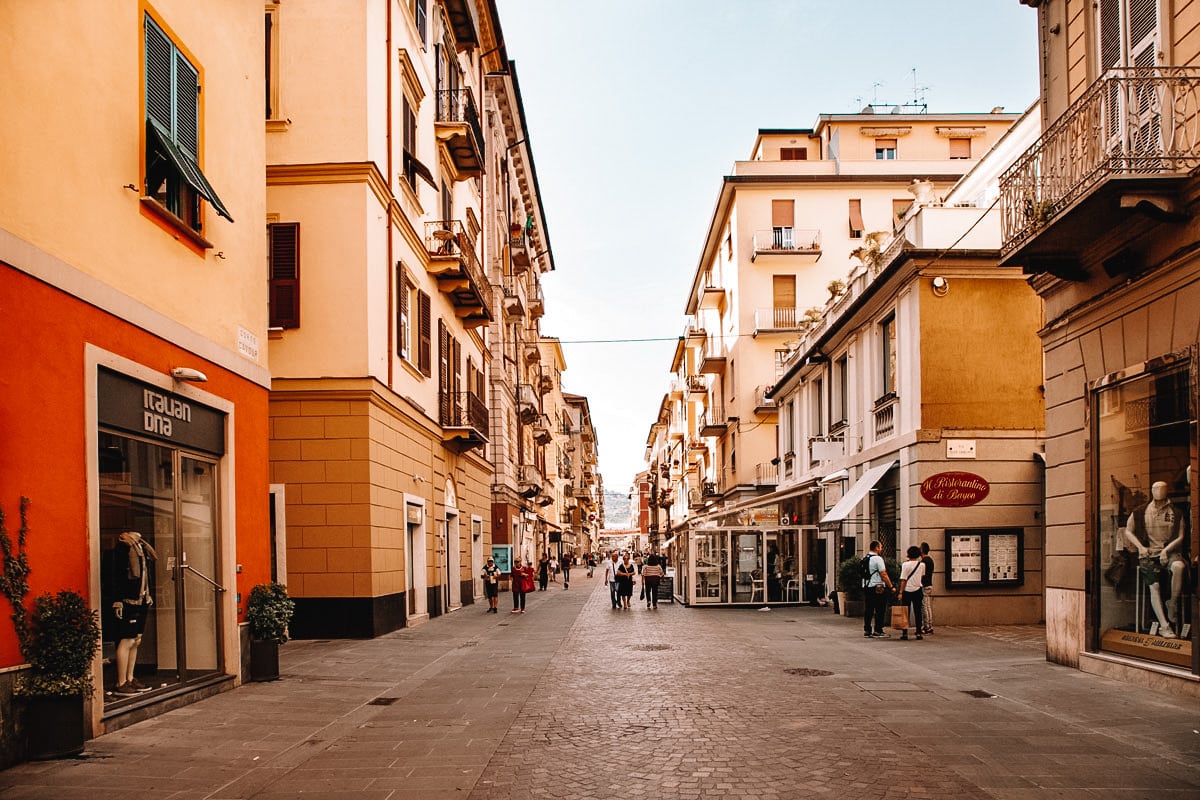
The buildings of the Historic Center and Palazzo Oldoini
The historic center’s buildings, some of which are in the Art Nouveau style, are mostly well maintained and have ornate facades. Palazzo Oldoini, now known as Palazzo dei Nobili, is one of the noble palaces that has caught our attention. Its name comes from Virginia Oldoini, a sensual woman who lived during the Risorgimento and is commemorated by a statue on the front of the house. The woman, also known as the “golden vulva,” had at least 43 lovers throughout her life and is said to have been at the core of the Risorgimento’s events due to her promiscuity with the personalities of the time. Viriginia Oldoini enjoyed being photographed, but as time passed, she wanted to get all the mirrors in the house removed so that her portrait would no longer be crossed. Despite this, he appeared to enjoy being photographed.
Church of Santa Maria Assunta
The church of Santa Maria Assunta, located in Piazza Giulio Beverini in the historic center, has ancient origins: it appears to have been built in 1271 in a location not far from here. However, it was restored in the 15th century to ensure that it was protected within the city walls that had been constructed in the meantime. Unfortunately, it will be one of the few elements of the church to resist the bombing of the Second World War, which almost completely destroyed it.
Market Square
We arrive at the market square after our walk through La Spezia. This square is surrounded by buildings with wavy roofs, which provide protection for the stalls from bad weather and the sunniest days while also providing space on the mezzanine floor for public events. Since La Spezia is a port city, it’s easy to imagine how many fish can be found in the market set up in this square, which is a popular gathering spot for locals.
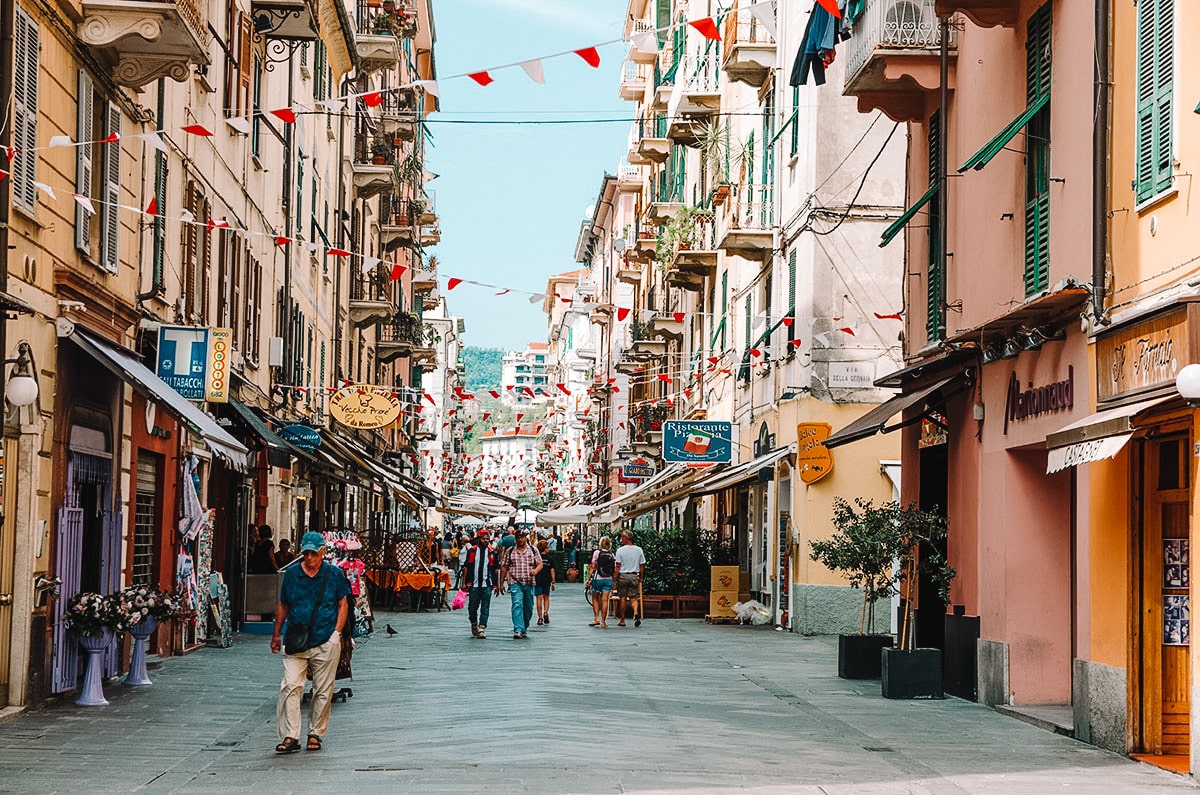
Garibaldi Square
Piazza Garibaldi is another significant square in La Spezia, from which Via del Prione begins and then continues towards the port. As a tribute to Garibaldi’s frequent visits to the area, this square is named after him. Since it was born as a meeting of many streets in the center that converge here, the form of this square is somewhat irregular. A fountain with a large sculpture by Viliano Tarabella stands in the square’s middle. The sculpture, like the fountain, is transparent and depicts two sails crossing, from which the water jet emerges. Several newly restored Art Nouveau buildings can be found all around the square.
The San Giorgio Castle in La Spezia
San Giorgio Castle, located on the city’s first hills, is also worth a visit. Its shape, which dominates the populated center, can be seen clearly even from the port. It now holds the Ubaldo Formentini museum’s archaeological collection. The castle of San Giorgio that can now be visited is the result of a major renovation project that began in the 1970s and was completed in the 1980s. The original building was constructed in the thirteenth century to enlarge a small fortress that stood on the hill at the time. The objective was to build a fortified structure capable of controlling the surrounding area. However, the intentions were ignored, and the castle was demolished in 1273 by the Genoese Republic.
The Duomo – Cathedral of Christ the King
Before leaving La Spezia, we still have the Cathedral of Christ the King on our list of things to visit. The Cathedral is relatively new, having been constructed in the second half of the twentieth century on the site of a Capuchin convent. A hill stood here in ancient times, but it was demolished to link the eastern districts to the historic center. After a competition, the original proposal was selected in 1930. The project, however, was delayed several times and was only completed in 1975 after some revisions. The structure is circular and wide, with a concrete diameter of about fifty meters and a huge churchyard facing the mountain that is partially occupied by a lawn.

